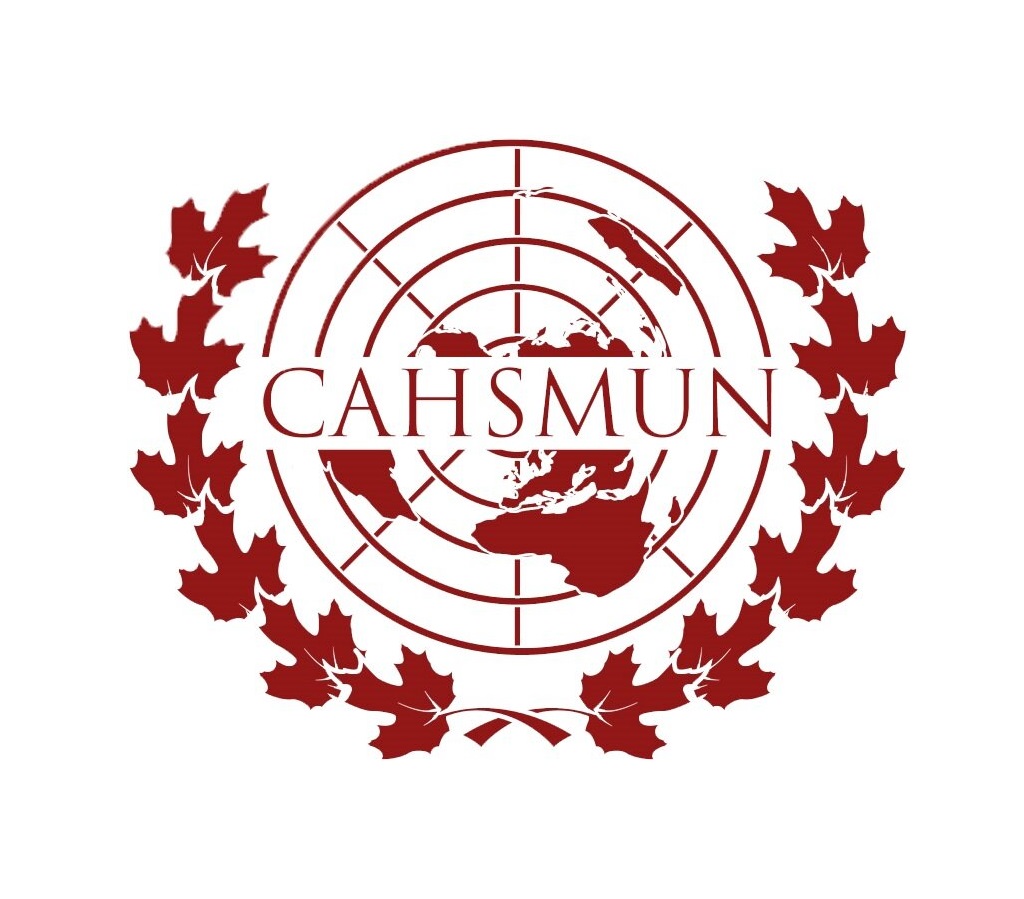Economic diversification and environmental sustainability intersect with technological innovation in the context of various nations’ strategies, ranging from manufacturing advancements to digitalization and transportation initiatives.
In recent years Germany has exemplified catalytic innovation in economic reform. Leveraging and developing its manufacturing sector, Germany’s economic diversification displays the nation’s commitment to proactive, business-friendly policies.
Manufacturing is embedded in Germany’s economic prowess, as it progresses with an imperative of modern development. Through integration of cutting-edge technologies and fostering a culture of innovation, Germany intends to maintain its competitive edge with sustainable growth. In line with this vision, initiatives such as Industry 4.0 are driving digitalization across industrial processes, optimizing efficiency, and trailblazing new avenues for value creation. Ammunition for economic growth extends beyond technological innovation to strategic investments as Germany pledges substantial investments in infrastructure, tourism, and other sectors vital for economic expansion. By allocating resources to bolster connectivity, enhance tourism infrastructure, and promote sustainable practices, Germany demonstrates its commitment to fostering inclusive growth and resilience in the face of evolving global challenges.
Post-Soviet nations however seem to stand in stark contrast to Germany’s self-centered approach to development, seeking to carve a path towards economic resilience and prosperity. Post-Soviet nations aim for collaboration in order to leverage their unique strengths and overcome challenges global-conflict, paving the way for a more dynamic and inclusive global economy.
Transportation becomes a plausible collaborative path-crossing where nations such as Spain, Germany, and Sweden are spearheading initiatives to mitigate climate change and foster greener mobility solutions through electricised railroads.
France furthermore emerges as a trailblazer, enhancing connectivity and fostering cross-border collaboration. Again a plausible support to eastern Europe, a robust network that could facilitate knowledge exchange, trade, and socio-economic development.
Eastern Europe continues to face integration challenges due to lower development levels and historical legacies, encountering resistance from wealthier member states who are concerned about competition, economic disparity, and global conflict. Inclusion remains vital, fostering growth, stability, regional cooperation, and geopolitical influence while offering developmental support and opportunities for both Eastern European nations and the EU as a whole.
